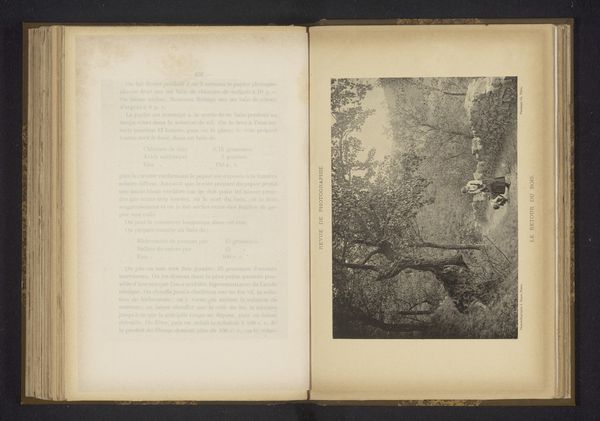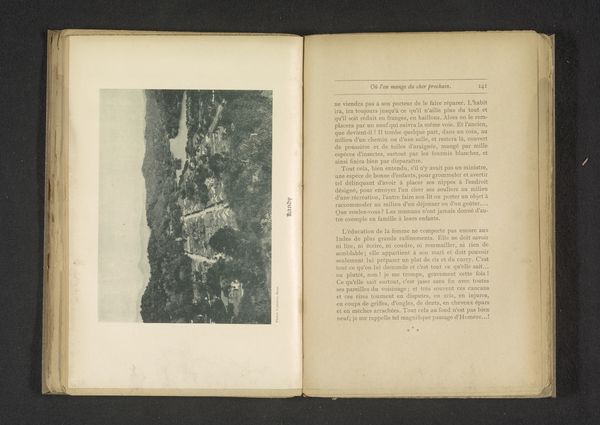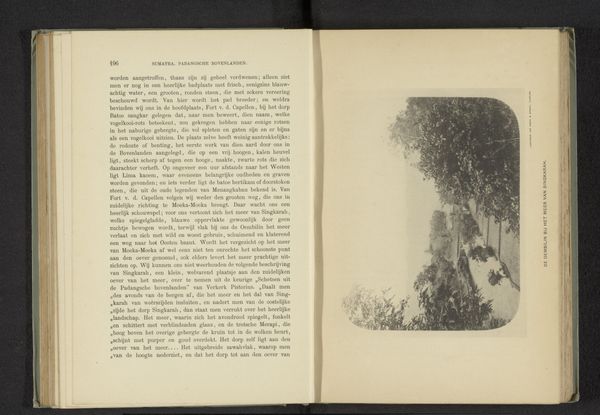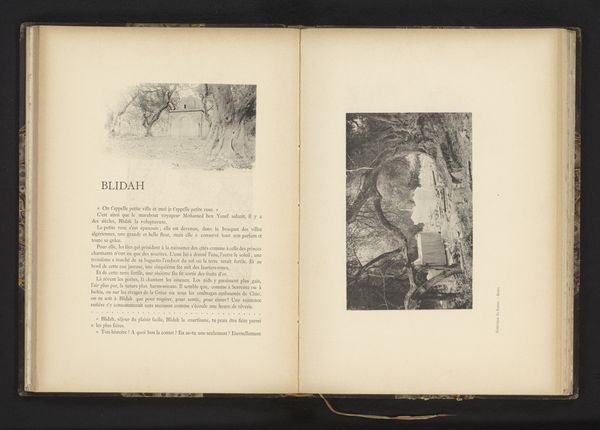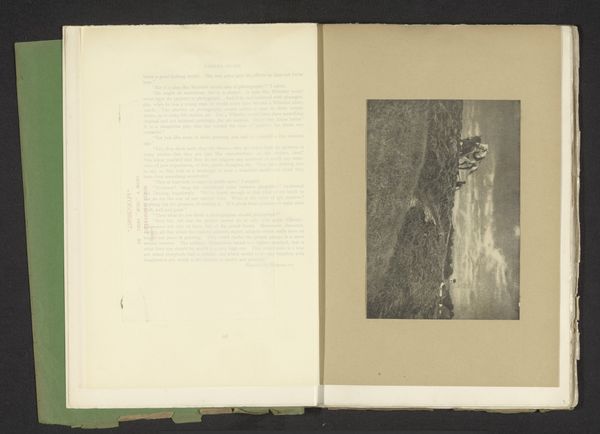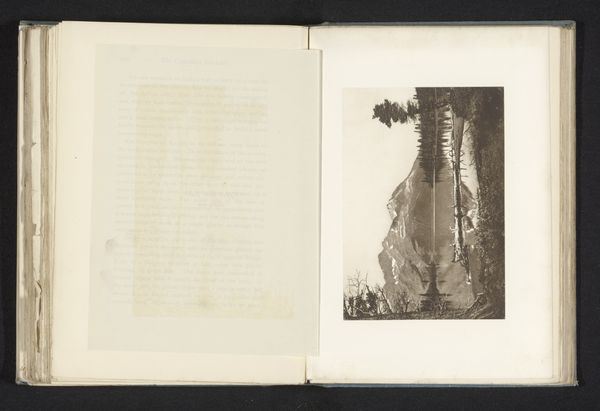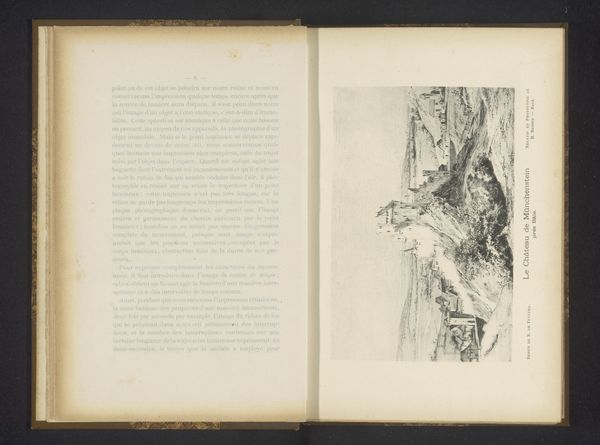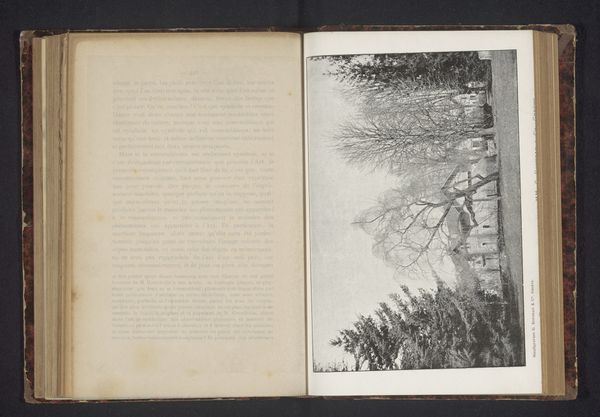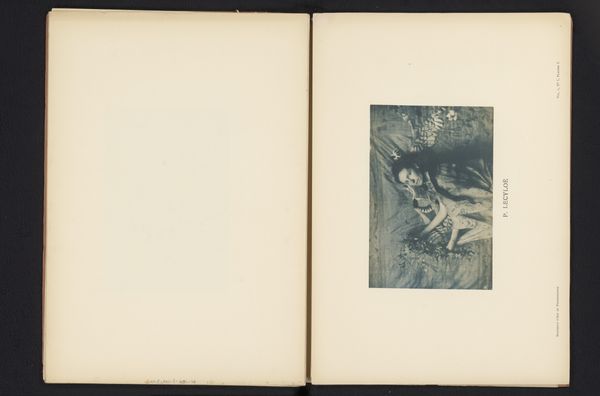
print, photography, albumen-print
# print
#
landscape
#
photography
#
albumen-print
Dimensions: height 118 mm, width 174 mm
Copyright: Rijks Museum: Open Domain
This photograph of the Neubrück bridge was made by F. Thévoz at an unknown date. The image is a gelatin silver print, a process that came to prominence in the late 19th century due to its mass reproducibility. Looking at the tones in this image, it's evident how the gelatin silver process could achieve a wide range of contrasts, from the bright sky visible through the bridge’s arch, to the dense foliage in the foreground. The process involved coating a paper base with gelatin containing silver halide crystals, which are sensitive to light. This coated paper was then exposed to light using a negative, and developed to reveal the final image. This photographic technique, with its relative ease of reproduction, contributed to the rise of visual culture and mass media. Photography democratized image-making, moving it away from the more laborious and expensive processes of painting and engraving. The proliferation of images like this one reflects broader shifts in society towards industrialization, mass production, and increased consumption of visual media. Understanding the material and technical aspects of photography helps us appreciate its role in shaping our perception of the world, and challenges our understanding of what constitutes art.
Comments
No comments
Be the first to comment and join the conversation on the ultimate creative platform.
